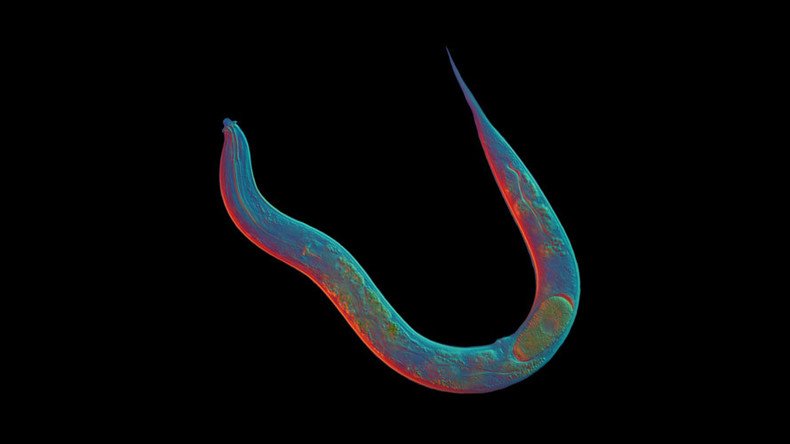18mn yo asexual worm could unlock secrets of cloning humans

Scientists have revealed how an asexual worm that lived 18 million years ago has been cloning itself without sexual reproduction - solving a longstanding mystery.
The species of tiny, transparent roundworm, Diploscapter pachys, belongs to one of the oldest living lineages of asexual animals, researchers confirmed.
The research by New York University (NYU)'s Center for Genomics and Systems Biology and Duke University's Center for Genomic and Computational Biology was published in Current Biology and revealed how the worm has lasted as an axsexual organism for so long.
DNA breakthrough means ‘superior’ designer babies could form new social elite - geneticist https://t.co/dzX7ycPVRa
— RT (@RT_com) August 7, 2017
"Scientists have been trying to understand how some animals can survive for millions of years without sex because such strict, long-term abstinence is very rare in the animal world," NYU Biology Professor David Fitch, a co-author of the research said.
Fitch further explained that asexual survival is significant in evolutionary genetics as it “run[s] counter to the widely accepted view that sexual reproduction is required to eliminate deleterious mutations and for adaptation to a changing environment."
Sexual reproduction produces offspring with copies of both parents’ genes, which, “usually provides good insurance against mutations that might kill the function of one of those gene copies - a process called complementation.”
Pig-to-human organ transplants could soon be a reality https://t.co/MOC19yIk7Qpic.twitter.com/KtmVrJA3qU
— RT (@RT_com) August 13, 2017
When offspring are created through intercourse, complementation and genetic shuffling creates variation, which allows species to adapt to changing conditions. Asexual creatures tend to go extinct because they lack this adaptation strategy.
“It has been a longstanding mystery in biology how some asexual animals have survived for so many generations," Fitch said.
Scientists used DNA to reveal D. pachys is a group of exclusively asexual species that originated 18 million years ago. They found the worm’s way of creating sperm or ova had been modified to stop recombination.
“Basically, the animals were cloning themselves,” Fitch said.
Using https://t.co/Wgs2WXBc9z means giving up rights to your own DNAhttps://t.co/COi6WJqlMppic.twitter.com/2IwuB9oTta
— RT (@RT_com) May 27, 2017
The research also revealed the worm only had one set of chromosomes. Similar species tend to have five to seven chromosomes. The only other species to have one set of chromosomes are ants and parasitic roundworms.
Researchers found D. pachys fuses six chromosomes of its ancestor into a single chromosome and skips the first division of meiosis [a type of cell division], where genes are recombined, so its offspring continues to have genetic diversity.
"Thus, the mystery of its longevity seems largely resolved,” Fitch concluded. “D. pachys overcomes the disadvantages of asexual reproduction by maintaining genetic variation, and with it, complementation."
"Ironically, this is accomplished by making sure there is no recombination between the gene copies. If there were, the differences between the gene copies might be lost.”












